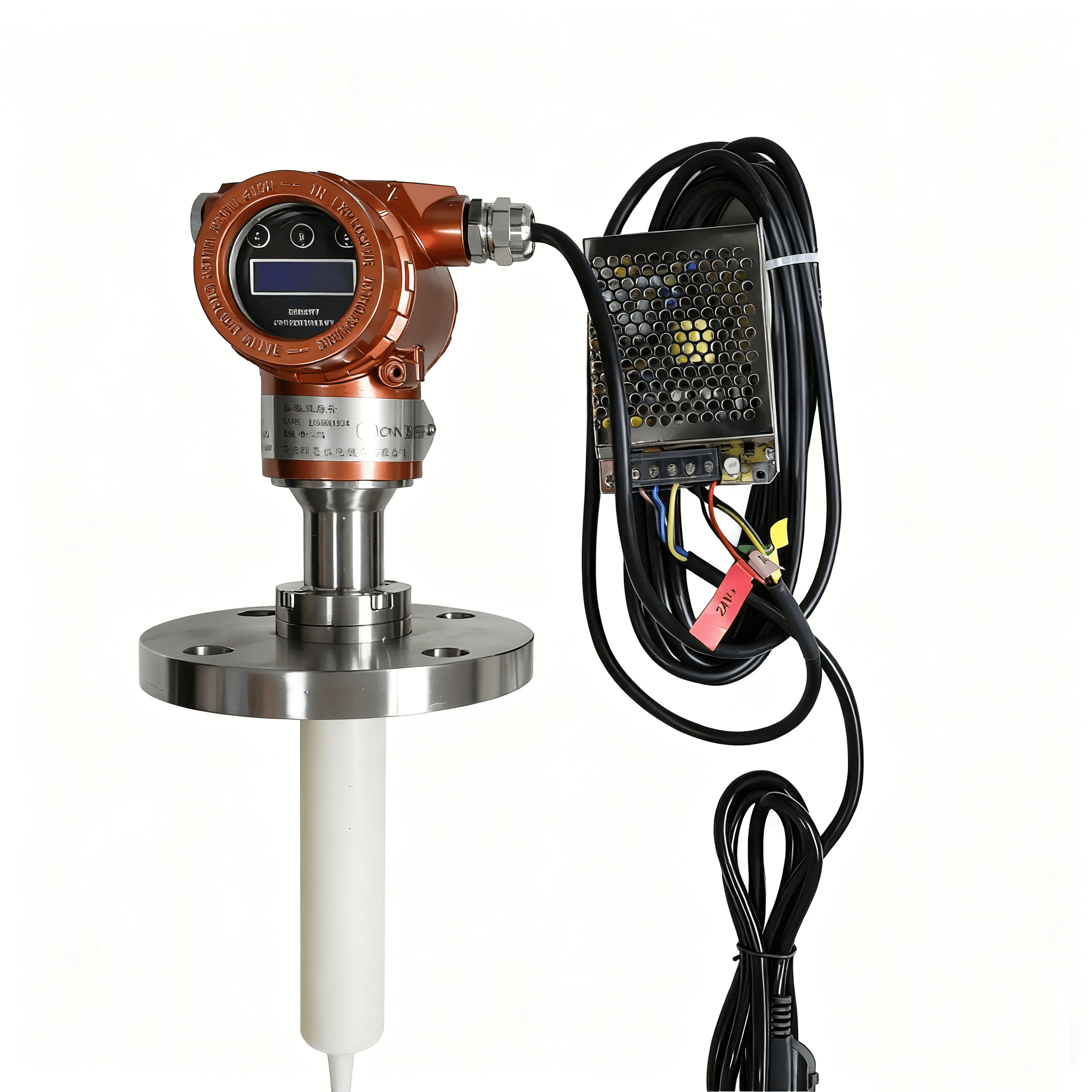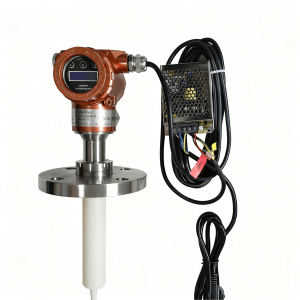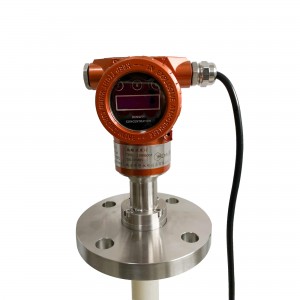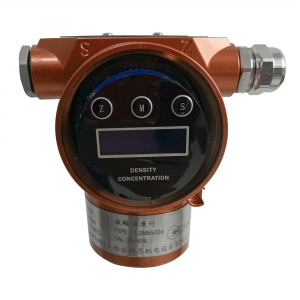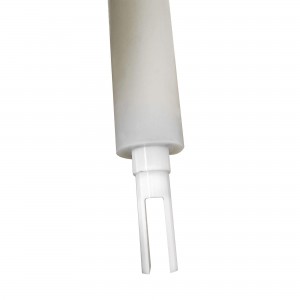Choose Lonnmeter for accurate and intelligent measurement!
Acid Alkali Concentration Meter Online
Working Principle
An inline tuning fork density meter works on the principle that a tuning fork’s resonant frequency decreases as the density of the surrounding liquid increases. The acid or caustic concentration meter uses piezoelectric crystals to drive the tuning fork into vibration at its natural frequency, which is then detected and processed by electronics. Through phase-shifting and amplification circuit, the fork body is stabilized on the natural resonance frequency. When the medium flows through the fork, the change of resonance frequency is caused by the change of medium quality.
Product Features
● Real-time density measurement for direct process control;
● Supports density-to-concentration conversion for all medium;
● High-precision 5-digit (4 decimal places) real-time readings;
● Converts measured density to 4-20mA or RS485 digital signal;
● On-site parameter setting and commissioning;
● Customizable wetted part materials for corrosive medium;
Interested? Contact Sales Team
Challenges in Inline Acid Alkali Concentration Measurement
Corrosion to wetted parts caused by strong acids (concentrated hydrochloric acid, sulfuric acid) and alkali (strong sodium hydroxide) may shorten life expectancy and compromise on its optimal performance. Anti-corrosion materials like Hastelloy and polytetrafluoroethylene are recommended in demanding operation environments.
Advantages of Lonnmeter Inline Acid Concentration Analyzer
● -30~120 ℃ temperature compensation to minimize interferences from temperature changes;
● Customizable corrosion-resistant materials (Stainless steel, titanium alloy, Hastelloy alloy, PTFE, ceramic);
● Install and immerse on stable methanol stream;
● Simple mechanical structure minimizes possibilities of maintenance and replacement;
● Ultra-low error margin (±0.2% full scale);
● Automatic data logging and documentation;
More Applications? Consult Engineers Now


